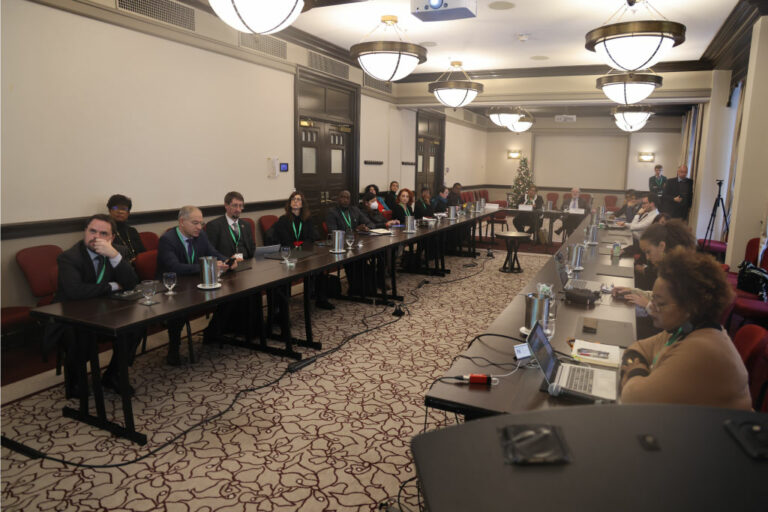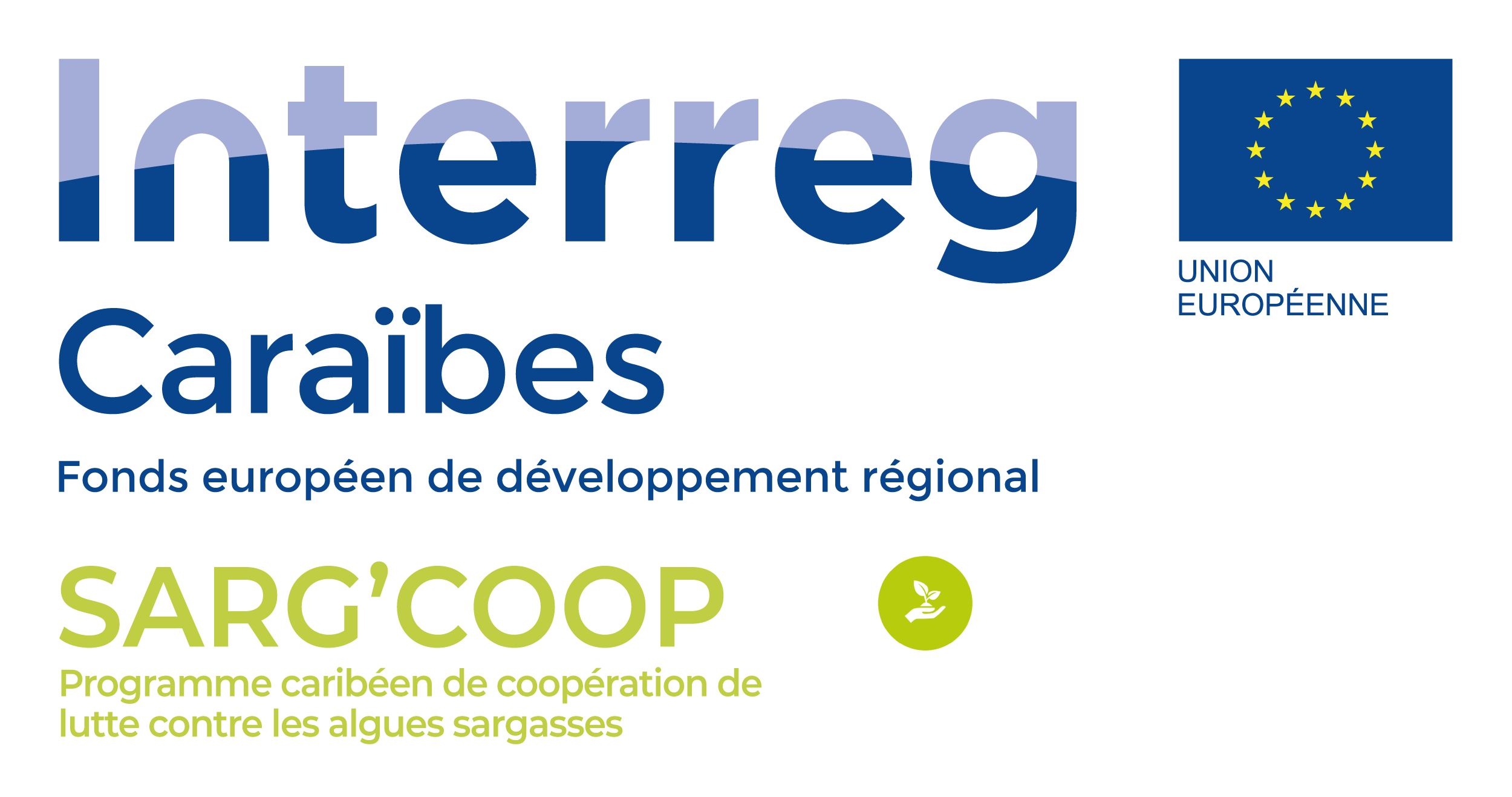Mentions
Contacts
- +590 590 80 40 40
- Hôtel de Région Basse-Terre
- contact@sargcoop.org
Copyright © 2023 SARG’COOP - By J2R Consulting

This process led to a benchmark analysis highlighting the following points :
In general, the cluster should be made up of people who are very active in their field, with interesting news to offer, or stakeholders affected by the sargassum problem on a daily basis (for example, associations or private or professional groups that have come together to address the sargassum problem). The objective is to ensure the broadest possible stakeholder representation ( in terms of subject matter and geography) and that their contact details are available on the platform so that cluster members can access the right person for a given topic or location, or to identify collaborative partners or solutions.
All publications referenced by the cluster are freely accessible. Regarding more sensitive documents or those subject to publication access rights, additional levels of security should be considered (confidentiality policy, non-distribution charter). To this end, it is also envisaged that the website should offer at least the article’s metadata, if public access is restricted.
To date, the bibliometric work has been carried out and has resulted in a database of approximately 200 references. This database is continually updated with publications, particularly from the Sarg’net network.
As well as all the scientific documentation cited, it is also expected to produce (for the use of non-scientists) very simplified communication materials: summary sheets, key figures, practical solutions) for the use of non-scientists.
The Benchmark work carried out on the digital platforms of the analysed clusters highlighted the following points:
Therefore, the following guidelines have been proposed for the future digital platform of the Sargasso cluster:


Copyright © 2023 SARG’COOP - By J2R Consulting



